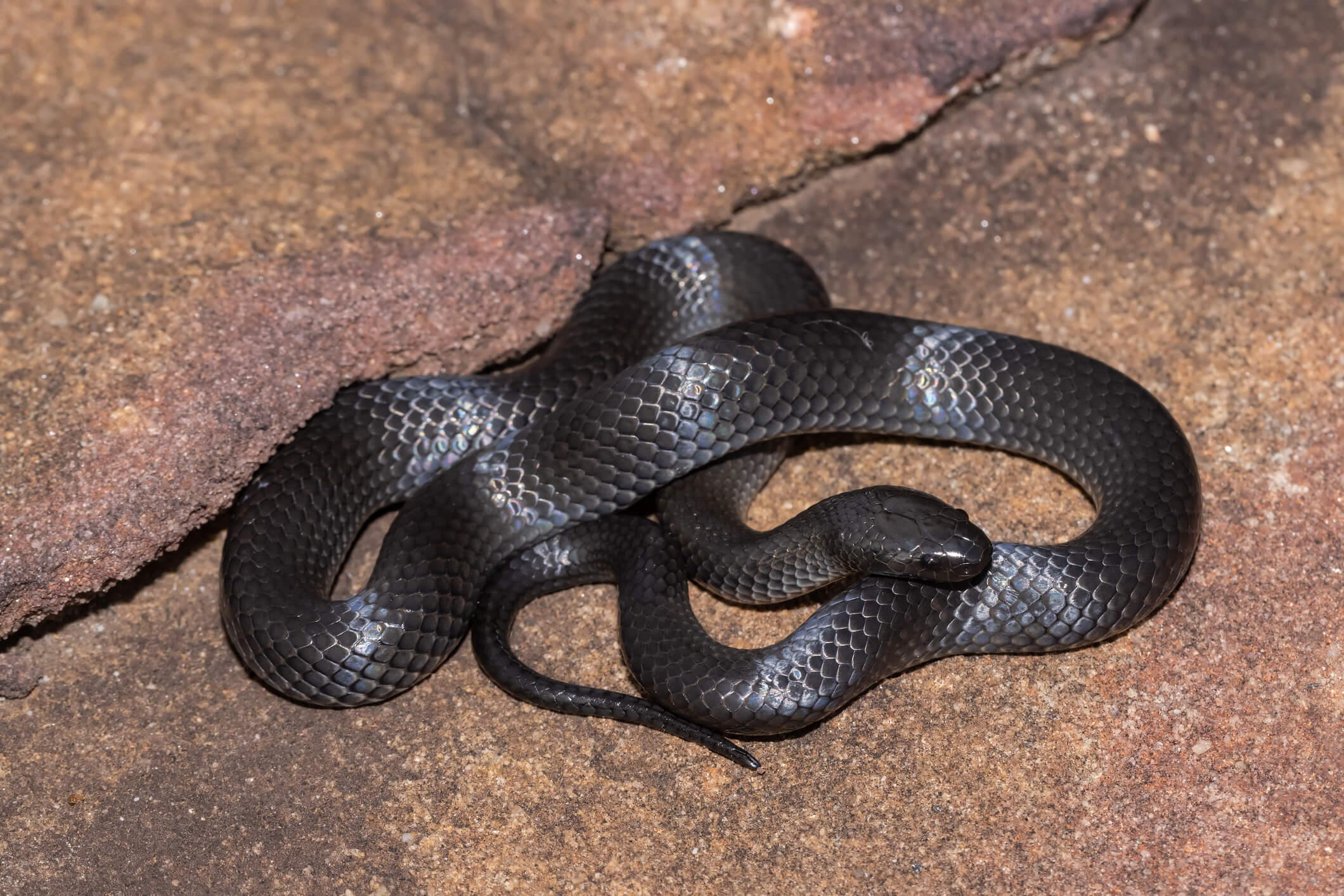Introduction
Tiger snakes are among one of the most venomous serpents in Australia, understood for their hostile nature and powerful poison. Experiencing a tiger serpent can be a Pressure bandage worrying experience, specifically if you're not aware of how to react in instance of a bite. This extensive overview is designed to furnish you with essential expertise on what to do in situation of a tiger snake bite, guaranteeing your safety and providing you the self-confidence to act decisively.
What to Do in Instance of a Tiger Serpent Bite?
A tiger snake bite is a clinical emergency that needs instant activity. If bitten, comply with these steps:
Stay Calm: Panic can raise your heart price, causing the poison to spread out quicker with your bloodstream. Call for Help: Dial emergency solutions immediately or have a person take you to the nearby hospital. Immobilize the Affected Limb: Maintain the bitten arm or leg as still as feasible; immobilization decreases poison circulation. Remove Tight Apparel or Jewelry: As swelling may take place, it's vital to eliminate anything that might tighten blood flow. Do Not Apply Ice or Tourniquets: These methods can create even more harm than excellent by damaging tissue and restricting blood flow. Monitor Symptoms: Keep an eye on any kind of symptoms like trouble breathing or loss of consciousness.Understanding the Tiger Snake
Habitat of the Tiger Snake
Tiger serpents are usually located in coastal and inland areas across southern Australia, consisting of Tasmania. They favor environments such as marshes, swamps, and meadows where they can find ample food resources like frogs and little mammals.
Are Tiger Snakes Venomous?
Yes! Tiger serpents have highly poisonous venom that can lead to extreme illness or death otherwise treated without delay. Their Mulga Snake (King Brown) poison consists of neurotoxins that influence the nervous system, resulting in paralysis and other vital symptoms.
First Help for Serpent Bites: Vital Knowledge
Recognizing a Serpent Bite
A snake bite can often be hard to detect immediately. Try to find:
- Two slit wounds Swelling around the bite area Pain or tenderness Discoloration
Symptoms After a Tiger Snake Bite
After being bitten by a tiger serpent, targets may experience:
- Nausea Vomiting Abdominal pain Weakness Difficulty breathing
First Aid Measures for Snake Bites
1. Immobilization Techniques
It's crucial to maintain the afflicted arm or leg paralyzed utilizing splints or bandages.
2. Compression Bandaging
Using an elastic bandage can help reduce poison spread yet should not be too limited-- checking flow is crucial.
Snake Bite Emergency treatment Package Essentials
To take care of emergency situations successfully, having a well-stocked first aid package is crucial. Right here are items every snake bite first aid set ought to contain:
|Item|Description|| ---------------------------|------------------------------------|| Compression plasters|For immobilization|| Triangular plasters|To create slings|| Scissors|For cutting apparel|| Antibacterial Australian snake facts wipes|To clean up the injury|| Emergency situation get in touch with numbers|For quick access throughout an emergency|
Understanding Various Types of Snakes in Australia
Eastern Tiger Snake vs Tasmanian Tiger Snake
While both kinds belong to the same family, identifying their distinctions can be essential:
- Eastern tiger serpents are generally a lot more hostile than their Tasmanian counterparts. Coloration varies from olive-green to brown hues.
Other Venomous Snakes in Australia
Australia hosts an array of dangerous snakes:
- King Brownish Snake Eastern Brown Snake Common Death Adder
Knowing these varieties will improve recognition when passing through Australian landscapes.
Safety and Avoidance Tips
How to Prevent Serpent Bites?
Wear protective clothing when hiking. Stay on well established trails. Avoid tall lawn and dense underbrush where serpents may reside. Be mindful while managing logs or rocks.What Must You Do If You Encounter a Snake?
If you see a serpent:

- Remain tranquility and retreat slowly. Do not attempt to manage or prompt it.
FAQs Concerning Tiger Snakes
1) What must I do first if bitten by a tiger snake?
Immediately call for emergency assistance and incapacitate the affected arm or leg without using ice or tourniquets.
2) The length of time does it take for signs and symptoms to appear after being bitten?
Symptoms could materialize within mins but can vary between people; it's vital not to delay treatment no matter sign onset.
3) Can I apply ice on a serpent bite?
No, using ice may create further tissue damages; instead, focus on maintaining the arm or leg still and getting clinical attention.
4) Are baby tiger snakes much less dangerous than adults?
While child tiger snakes have much less poison overall, they are still efficient in delivering serious attacks and need to be treated with caution.
5) Exactly how efficient is antivenom against tiger snake bites?
Antivenom is very efficient when administered quickly after envenomation; prompt medical focus significantly boosts survival rates.
6) Is it secure to suck out venom from a serpent bite?
No! Sucking out the venom is inefficient and can aggravate injury; it's important just to look for expert medical treatment.
Conclusion
In case you ever find on your own confronted with what resembles a regrettable occurrence including a tiger snake bite, remember this overview on "What to Do in Situation of a Tiger Serpent Bite: Comprehensive First Aid Overview." Expertise really is power when it boils down to stop fatalities from such encounters! Always prioritize seeking instant clinical assistance while implementing standard first aid procedures-- your quick actions might possibly conserve lives!
Stay knowledgeable about your environments while enjoying nature's appeal so that you remain risk-free in settings where these stunning animals roam freely!

